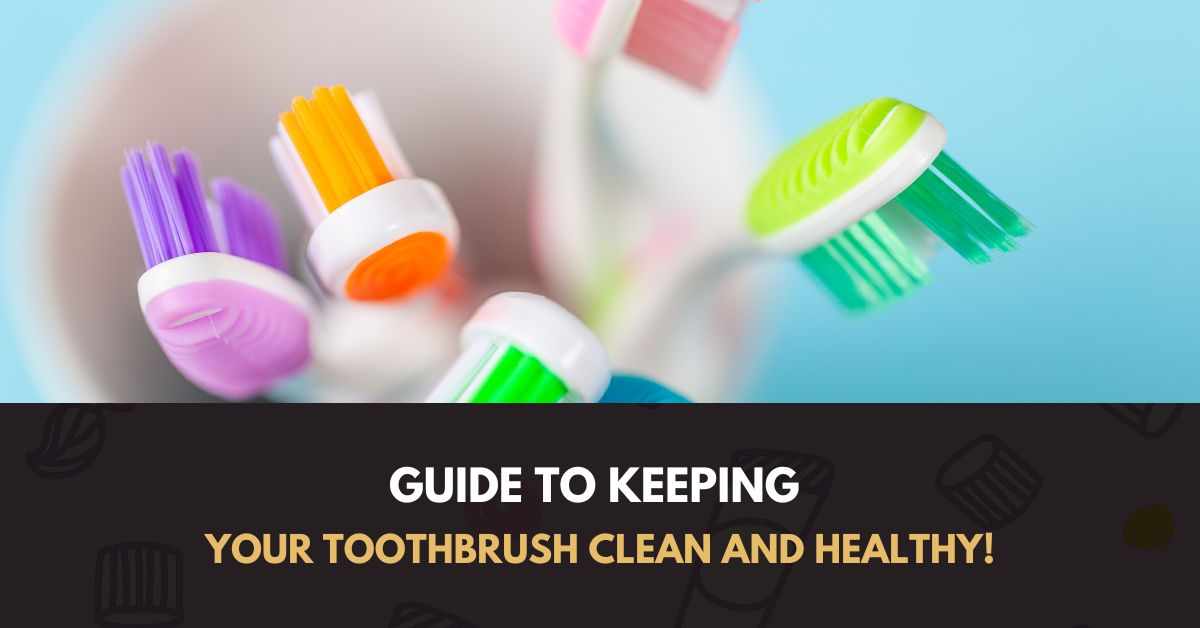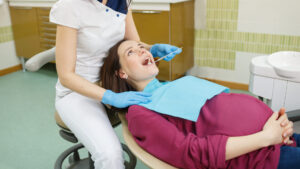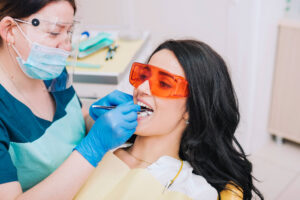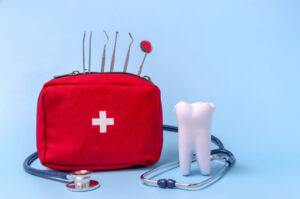Welcome to The Doreen Dentist, your local dental clinic in Doreen. We understand the importance of dental hygiene and believe that it is essential to keep your toothbrush clean and healthy. That’s why we have put together this helpful guide to keeping your toothbrush healthy. We’ll be discussing why it’s important, how to properly clean it, the best materials for toothbrushes, how to choose the right toothbrush for you, and how often you should replace it. So, let’s get started!
Introduction to dental hygiene
Dental hygiene is an important part of overall health. Having a healthy mouth is essential for preventing cavities, gum disease, and other oral health issues. It’s also important for overall health and wellbeing because the bacteria present in your mouth can travel throughout your body. That’s why it’s essential to keep your mouth and teeth clean and healthy.
One of the best ways to do this is by brushing your teeth twice a day and flossing once a day. This helps to remove plaque and food particles that can cause cavities and other oral health issues. But, it’s also important to make sure that your toothbrush is clean and healthy. This can help to make sure that the bacteria in your mouth aren’t transferred to your toothbrush.
Why is it important to keep your toothbrush clean?
Keeping your toothbrush clean is important for a few reasons. First, it helps to reduce the risk of bacterial growth on the bristles of your toothbrush. Bacteria can easily accumulate on the bristles of your toothbrush if it is not cleaned regularly. This can cause a buildup of plaque, which can lead to cavities, gum disease, and other dental issues.
Second, having a clean toothbrush helps to make sure that you’re brushing your teeth effectively. If your toothbrush is not regularly cleaned, then the bristles can become clogged with plaque and food particles. This can make brushing your teeth less effective and can lead to an accumulation of plaque and bacteria in your mouth.
Finally, having a clean toothbrush helps to reduce the risk of bad breath. Bacteria can accumulate on the bristles of your toothbrush and can cause bad breath. Cleaning your toothbrush regularly can help to reduce the risk of bad breath.
How to properly clean your toothbrush
Cleaning your toothbrush regularly is an important part of maintaining your oral health. Here are some tips for properly cleaning your toothbrush:
- Rinse your toothbrush with hot water after each use. This helps to remove any food particles or plaque that may have accumulated on the bristles.
- Disinfect your toothbrush by soaking it in a mixture of warm water and a few drops of antibacterial mouthwash. This helps to reduce the risk of bacterial growth on the bristles.
- Store your toothbrush in a dry place. This helps to make sure that the bristles don’t accumulate moisture, which can lead to bacterial growth.
- Replace your toothbrush every 3-4 months. This helps to make sure that your toothbrush is as clean and effective as possible.
What are the best materials for toothbrushes?
When it comes to choosing a toothbrush, the material of the bristles is important. The bristles should be soft enough to effectively clean your teeth, but firm enough to remove plaque and food particles. The most common materials for toothbrush bristles are nylon and natural fibres like boar’s hair. Nylon bristles are generally firmer and better for removing plaque, while boar’s hair bristles are softer and better for sensitive teeth.
It’s also important to consider the handle of the toothbrush. The handle should be comfortable to hold and should not be too slippery. There are a variety of materials used for toothbrush handles, including plastic, wood, and metal.
How to choose the right toothbrush for you
Choosing the right toothbrush can be tricky, but it’s important to make sure that you find one that is comfortable and effective. Here are some tips for choosing the right toothbrush for you:
- Consider the size of your mouth. If you have a smaller mouth, then a smaller brush may be more comfortable.
- Think about the shape of the brush head. Different brush heads can provide different levels of comfort and effectiveness.
- Consider the type of bristles. Nylon bristles are generally better for removing plaque, while boar’s hair bristles are softer and better for sensitive teeth.
- Make sure to choose a toothbrush with a comfortable handle. The handle should be easy to hold and shouldn’t be too slippery.
How often should you replace your toothbrush?
It’s important to replace your toothbrush every 3-4 months. This helps to make sure that the bristles are still effective and that the toothbrush is still clean and healthy. It’s also important to replace your toothbrush if it has been dropped on the floor, stored in a damp place, or if the bristles have become frayed.
We hope that this guide has been helpful in understanding why it’s important to keep your toothbrush clean, how to properly clean it, the best materials for toothbrushes, how to choose the right toothbrush for you, and how often you should replace it. Visit our website today at thedoreendentist.com.au to learn more about dental hygiene and to book an appointment!
 Now
Now







